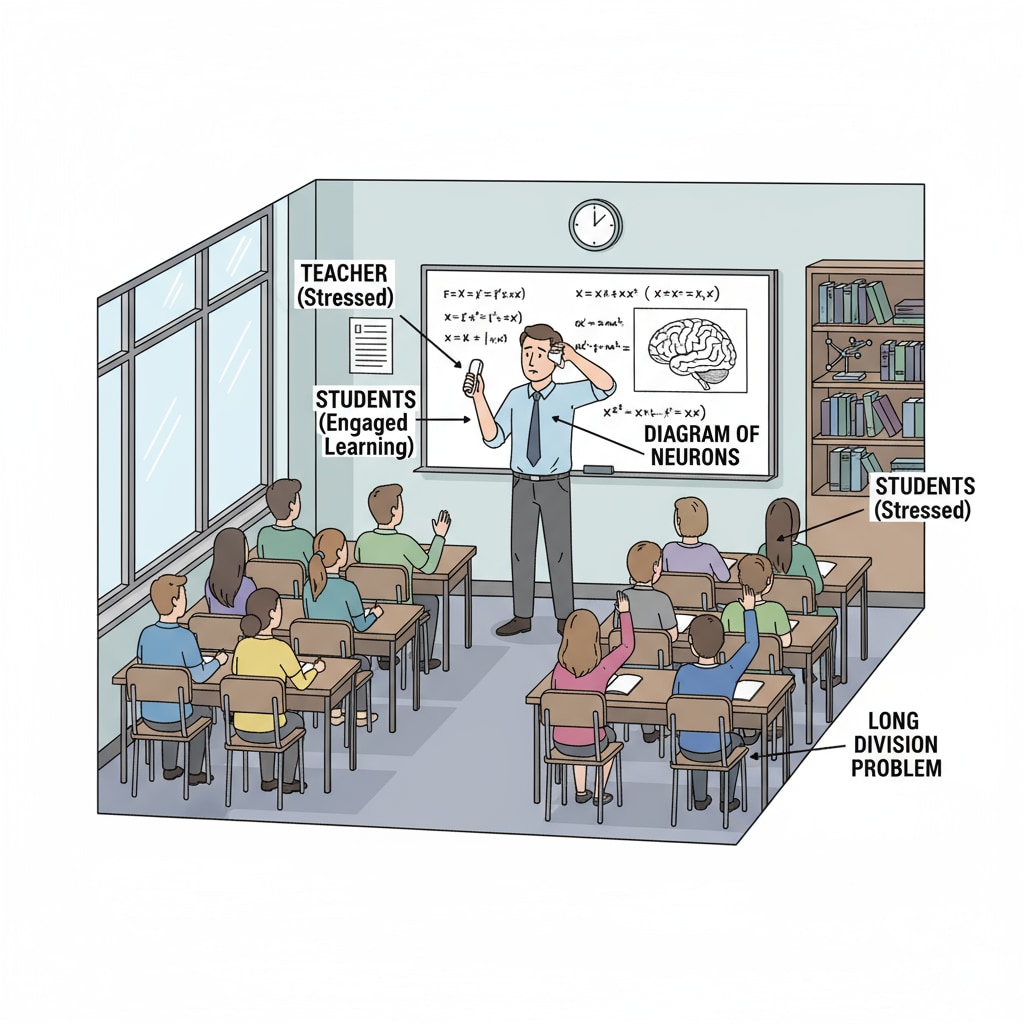Hot classrooms, dress code advice, no air conditioning are the issues that many K12 teachers are currently facing. In such challenging teaching environments, finding the right balance between professionalism and comfort in clothing is crucial.

Teachers not only need to convey an appropriate image but also ensure they can focus on teaching without being distracted by discomfort.
The Dressing Dilemma in Hot Classrooms
When classrooms lack air conditioning during hot seasons, teachers are often caught in a difficult situation. On one hand, they are expected to uphold a professional appearance. This usually means wearing neat and appropriate clothing, like suits for male teachers and blouses with skirts or pants for female teachers. On the other hand, the sweltering heat can make these traditional professional outfits unbearable. For example, a wool suit or a polyester blouse can trap heat, causing sweating and discomfort. As a result, teachers may find it hard to concentrate on their lessons, and their overall performance can be affected. According to Education.com, a conducive teaching environment includes not only good teaching materials but also a comfortable physical space for both teachers and students.

Seasonal Dressing Suggestions
In summer, lighter fabrics are the key. Cotton is an excellent choice as it is breathable and absorbs moisture. Female teachers can opt for cotton dresses in knee-length or below. These dresses can be in simple designs with a touch of elegance, such as a white cotton dress with a thin belt. Male teachers can wear cotton shirts paired with lightweight linen pants. Linen is also a great option for summer as it is highly breathable. In addition, choosing light colors can reflect sunlight and keep the body cooler. Pastel colors like light blue, pink, or yellow are both professional and suitable for hot weather. Stylecraze offers a variety of fashion tips for different seasons and occasions.
During spring and autumn, when the temperature is a bit milder but still warm in classrooms, layering can be a smart strategy. Female teachers can wear a light cardigan over a sleeveless blouse and pair it with ankle-length pants. Male teachers can layer a thin sweater over a collared shirt. This way, they can adjust their clothing according to the temperature changes in the classroom.
Readability guidance: As we can see, different seasons require different approaches to dressing. By choosing the right fabrics and styles, teachers can better adapt to hot classroom environments. However, improving the teaching environment itself is also essential.
While dressing appropriately can help teachers deal with the heat to some extent, schools also have a responsibility to create a more comfortable teaching environment. Installing air conditioning systems in classrooms can significantly reduce the temperature and humidity, making it easier for teachers to focus on teaching. In addition, proper ventilation is also crucial. Opening windows regularly or installing ventilation fans can improve air circulation, which is beneficial for everyone in the classroom.
In conclusion, hot classrooms, dress code advice, no air conditioning are problems that need to be addressed. Teachers should explore suitable dressing options to maintain professionalism and comfort. At the same time, schools should take action to improve the teaching environment. Only in this way can teachers fully play their roles and provide high-quality education.


